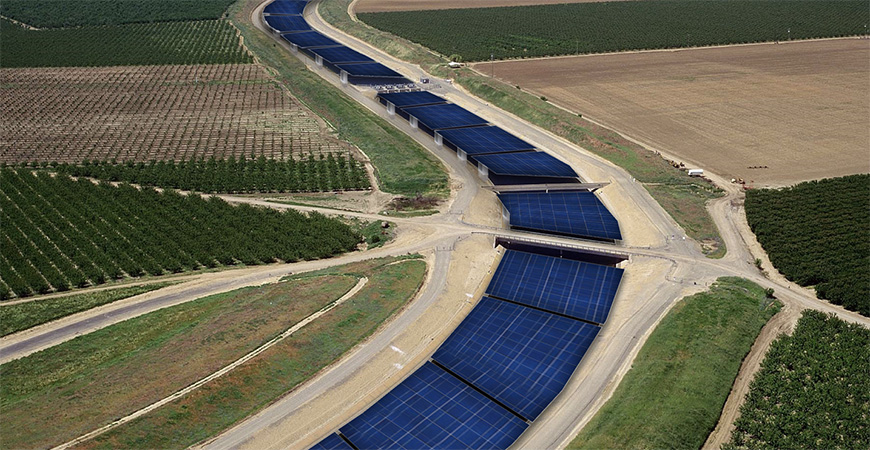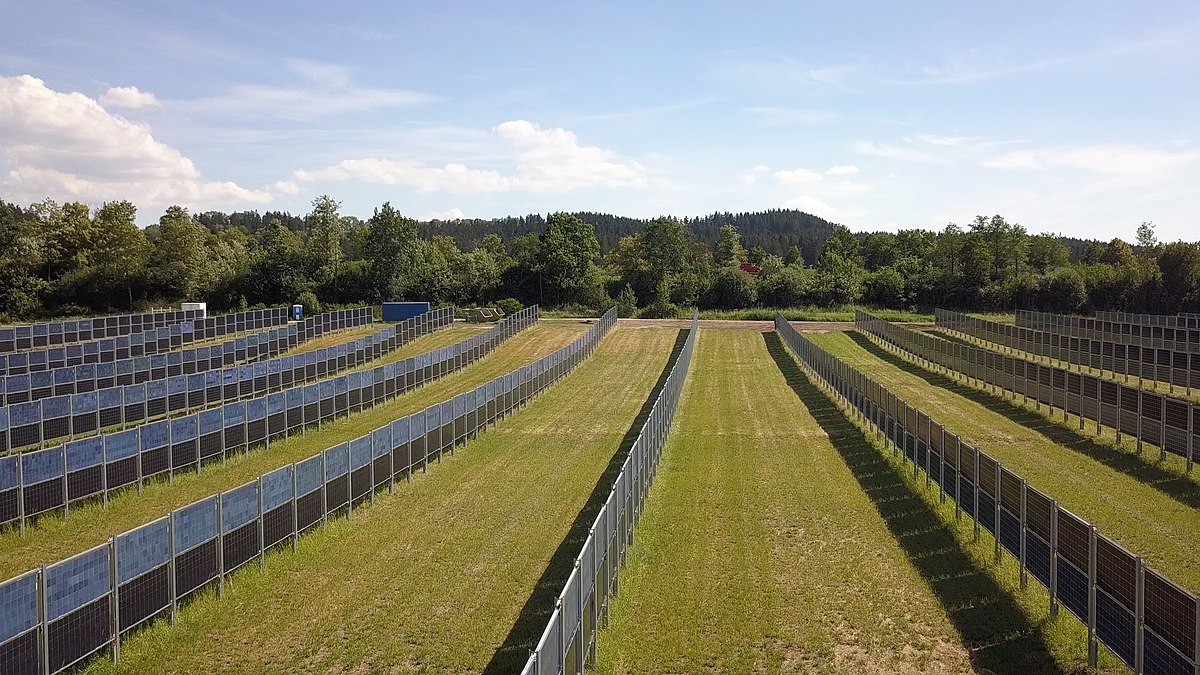Sounds great in theory and while you don’t NEED to spoil nature, they do. You see it everywhere, sprawling panels covering vast areas of land, looking like a disgusting grid of 30% efficiency.
How much is enough for solar? You say you can cover roof tops, car ports, businesses? I actually sell solar power systems and I don’t think you understand how much space is required for the minimal amount of energy it produces. A 72 cell, 400 watt panel measures 74x41”. Also solar panels are positional on the tops of structures such as roofs; ie they need to face south or at least sort of south given that not all roofs align perfectly for that; thus limiting the location of placements. Your typical family home would only support about 16 panels, before structural reinforcement comes in to play (this goes into much more than the weight of the panels) — That’s 6400 watts on a perfect, sunny day. A 400 watt 72 cell panel is roughly $206 each, last I priced one a few weeks ago, making the panels about $6200. Figure a Fronius inverter rated for 6500 watts, aprox $1,500; racking and mounting $3,000. Puts us at $8k for material. Add labor and we’re at roughly $20,000 and we haven’t even included batteries, wiring, grounding, connectors, power transfer and metering systems. 6400/240V= 26.6 amps.
Congrats on spending $30K for 27 amps of power.
So, how many homes will it be? 10,000? Roughly $300 million dollars in cost so far…
2 GWs, your own example. This makes the requirement 312,500 homes. So that’s $9.37 billion.
Nuclear power plants cost $5,366 per kilowatt or $10.8 billion for 2GW.
Nuclear can also meet the demand easily. EASIER in fact. Takes up less physical space, can be placed in an obscure location so it doesn’t look like an enormously ugly grid of rectangles all over the countryside and is incredibly efficient.
Solar is considered a variable source of power with a limited capacity (approximately 24.9%) while nuclear is 92.5% and can operate day and night. Solar works well for mesh type systems as supplementary, not critical infrastructure.





